High Wind Safety: Actions To Take During Fast-Moving Storms
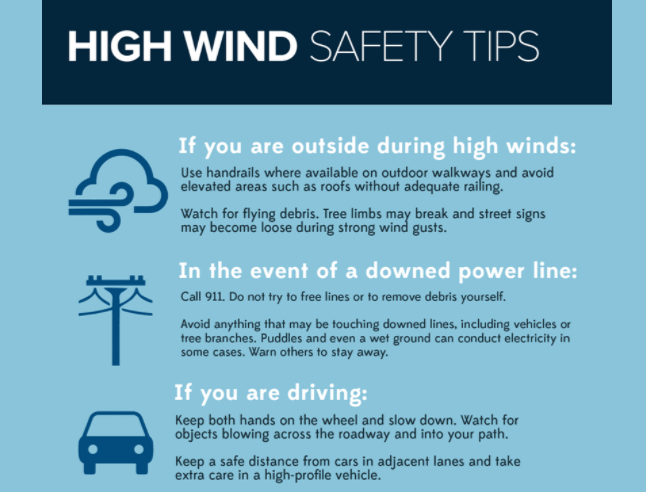
Table of Contents
Before the Storm: Proactive High Wind Safety Measures
Preparing for high winds is crucial for minimizing risk and damage. A proactive approach to pre-storm high wind safety significantly reduces the impact of a storm. This involves both securing your property and creating a comprehensive family emergency plan.
Securing Your Property: A Pre-Storm High Wind Safety Checklist
Taking preventative steps to protect your property is key to mitigating wind damage prevention. This includes:
- Bring loose objects inside: Patio furniture, garbage cans, grills, and anything that could become airborne should be brought indoors or securely stored.
- Trim trees and branches: Overhanging branches near your home can cause significant damage during high winds. Trim them well in advance of the storm.
- Reinforce loose structures: Sheds, fences, and other outdoor structures should be inspected and reinforced to withstand strong winds. Consider adding extra support or anchoring them securely.
- Board up windows (if necessary): If you anticipate extremely high winds, boarding up windows can help prevent damage from flying debris.
- Protect your car: Park your car in a garage if possible, or away from trees and other potential hazards.
- Generator preparedness: Consider investing in a generator and learning how to use it safely in the event of a power outage. This is a crucial element of your proactive wind damage prevention strategy.
Creating a Family Emergency Plan
Developing a comprehensive family emergency plan is a critical aspect of high wind safety. This plan should detail procedures for all scenarios:
- Safe room designation: Identify a sturdy interior room, away from windows and doors, as your designated safe room.
- Communication protocols: Establish a designated meeting place and ensure all family members have access to each other's contact information.
- Emergency kit preparation: Gather essential supplies, including water, non-perishable food, a first-aid kit, flashlights, a battery-powered radio, and any necessary medications.
- Evacuation plan (if applicable): If you live in an area prone to flooding or severe wind damage, develop a clear evacuation plan, including alternate routes and a designated shelter.
Staying Informed: High Wind Warnings and Storm Tracking
Staying informed about approaching storms is vital. Utilize these resources for reliable weather alerts and storm tracking:
- Regularly monitor weather forecasts: Consult the National Weather Service or your local news for updates.
- Sign up for weather alerts: Receive timely warnings and advisories via text message, email, or smartphone app.
- Download a weather app: Many weather apps provide detailed forecasts, radar imagery, and severe weather alerts.
During the Storm: High Wind Safety Actions
Once the storm hits, your focus should be on staying safe and following these high wind safety tips and in-storm precautions:
Staying Indoors and Safe: High Wind Safety Tips During a Storm
- Stay away from windows, doors, and exterior walls: These areas are most vulnerable to damage during high winds.
- Move to the lowest level of your home: If possible, seek shelter in a basement or interior room.
- Avoid candles or open flames: These pose a fire hazard, especially if power lines are down.
- Unplug electronics: This helps prevent damage from power surges.
- Brace yourself: If you hear loud noises outside, brace yourself against the wall to avoid injury from potential impacts.
Responding to Power Outages: High Wind Power Loss and Generator Safety
Power outages are common during high winds. Remember these power outage safety measures:
- Never touch downed power lines: Treat all downed power lines as live and extremely dangerous.
- Use flashlights instead of candles: Candles pose a significant fire hazard during a power outage.
- Conserve battery power: Use electronic devices sparingly to extend battery life.
- Generator safety: If you use a generator, follow all safety instructions carefully and ensure proper ventilation to avoid carbon monoxide poisoning.
After the Storm: Post-Storm High Wind Safety Procedures
After the storm passes, your focus shifts to assessing damage and recovery. Observe these post-storm safety measures:
Assessing the Damage: High Wind Damage Assessment and Debris Removal Safety
- Check for structural damage: Carefully inspect your home for any damage to the roof, walls, or foundation.
- Avoid damaged areas: Do not enter areas that appear structurally unsound, as there's a risk of further collapse.
- Be aware of hazards: Watch out for downed power lines, broken glass, debris, and other potential hazards.
Reporting Damage and Seeking Help: Post-Storm Assistance and Damage Reporting
- Contact your insurance company: Report any damage to your home or property as soon as possible.
- Contact emergency services: If you need immediate assistance, contact your local emergency services.
- Seek help from neighbours or professionals: For significant damage, seek help from neighbours or professional contractors.
Conclusion: Ensure Your High Wind Safety
Preparing for high winds involves a multi-faceted approach. By implementing a robust high wind safety strategy, including proactive measures before the storm, taking appropriate actions during the storm, and following post-storm safety procedures, you can significantly reduce the risk to your family and property. Remember the importance of creating a comprehensive family emergency plan and staying informed about weather conditions. Share this article with others and develop your own comprehensive high wind safety plan to prepare for high winds and boost your family's high wind safety. Implement a robust high wind safety plan today to safeguard your future.

Featured Posts
-
 Four Star Admiral Burke Found Guilty Bribery Scandal Details
May 21, 2025
Four Star Admiral Burke Found Guilty Bribery Scandal Details
May 21, 2025 -
 Celebrating Peppa Pigs Baby Girl
May 21, 2025
Celebrating Peppa Pigs Baby Girl
May 21, 2025 -
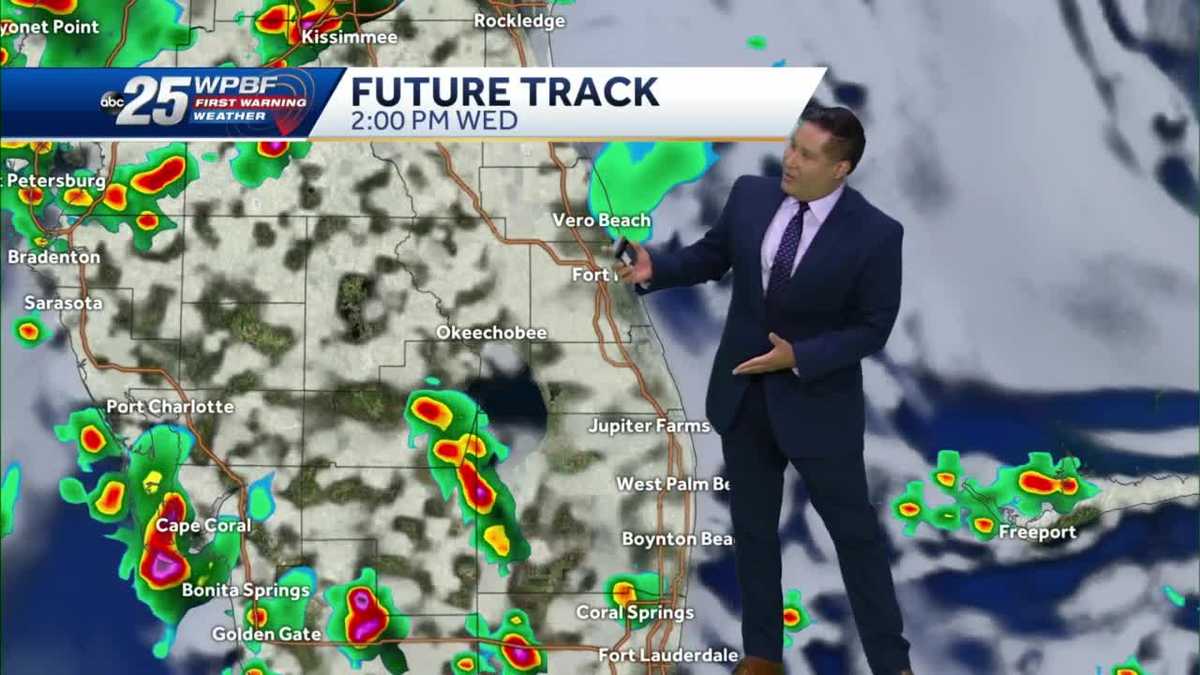 Drier Weather Ahead Your Guide To Seasonal Adjustments
May 21, 2025
Drier Weather Ahead Your Guide To Seasonal Adjustments
May 21, 2025 -
 Best Ea Fc 24 Fut Birthday Cards A Complete Tier List
May 21, 2025
Best Ea Fc 24 Fut Birthday Cards A Complete Tier List
May 21, 2025 -
 Festival Le Bouillon Clisson Engagement Et Spectacle
May 21, 2025
Festival Le Bouillon Clisson Engagement Et Spectacle
May 21, 2025
Latest Posts
-
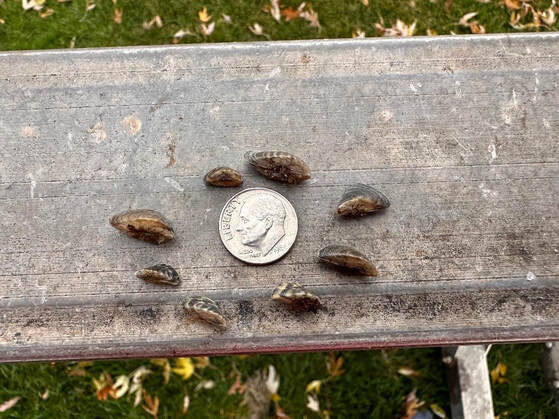 Local Casper Resident Finds Thousands Of Zebra Mussels
May 22, 2025
Local Casper Resident Finds Thousands Of Zebra Mussels
May 22, 2025 -
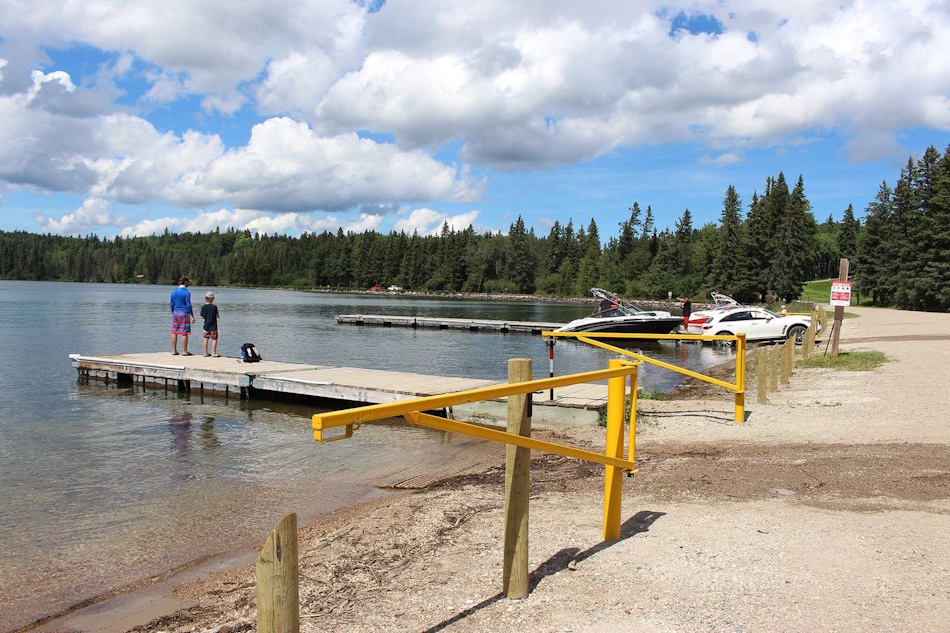 Massive Zebra Mussel Discovery On Casper Boat A Residents Report
May 22, 2025
Massive Zebra Mussel Discovery On Casper Boat A Residents Report
May 22, 2025 -
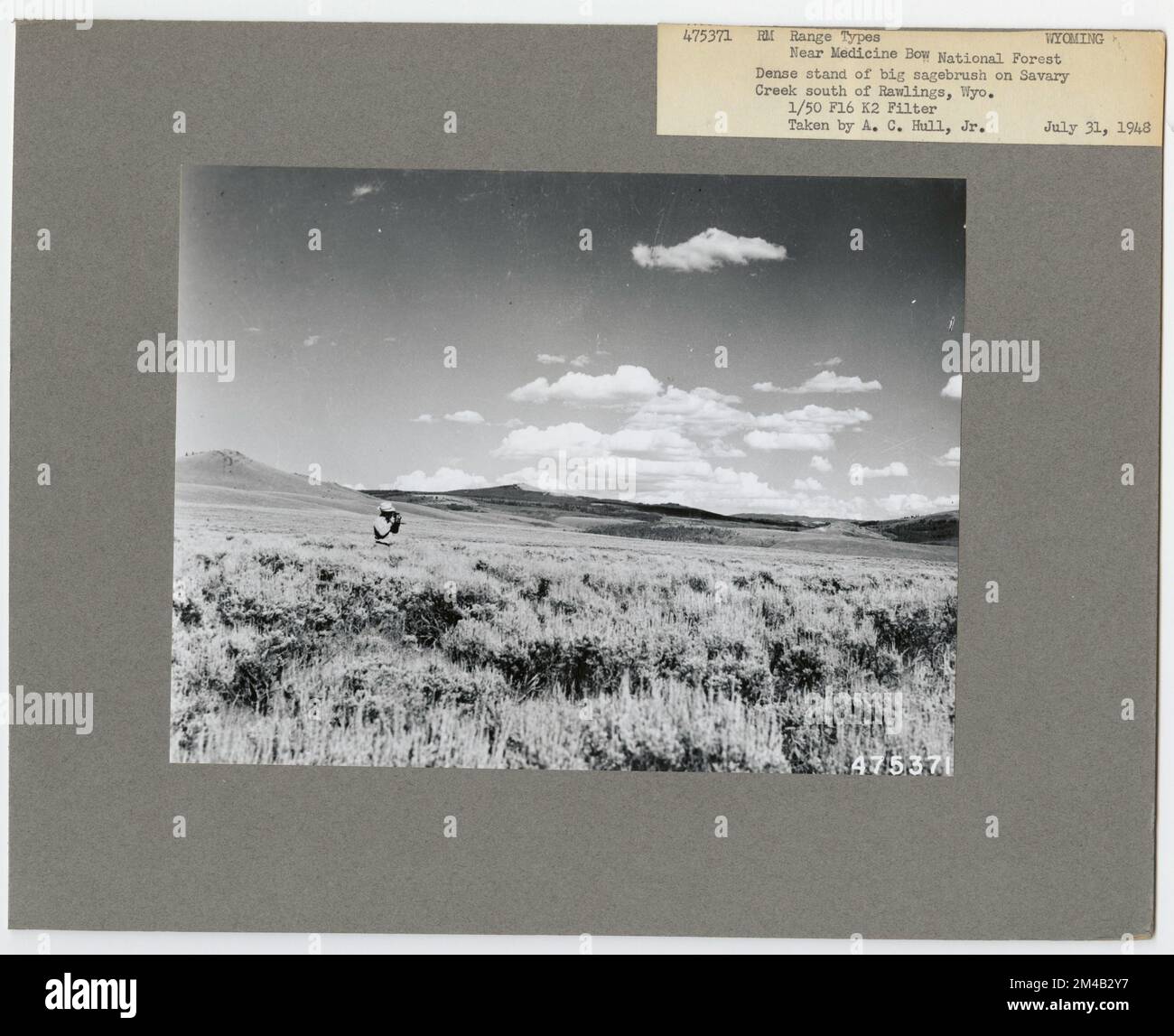 Improving Otter Management Practices In Wyoming Challenges And Solutions
May 22, 2025
Improving Otter Management Practices In Wyoming Challenges And Solutions
May 22, 2025 -
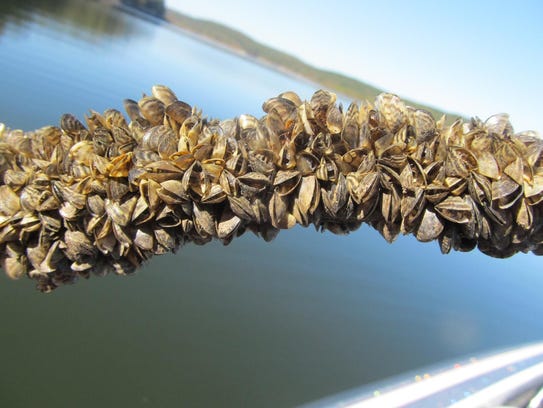 Zebra Mussel Infestation Discovered On Casper Boat Lift
May 22, 2025
Zebra Mussel Infestation Discovered On Casper Boat Lift
May 22, 2025 -
 Otter Conservation In Wyoming Navigating A Shifting Landscape
May 22, 2025
Otter Conservation In Wyoming Navigating A Shifting Landscape
May 22, 2025
